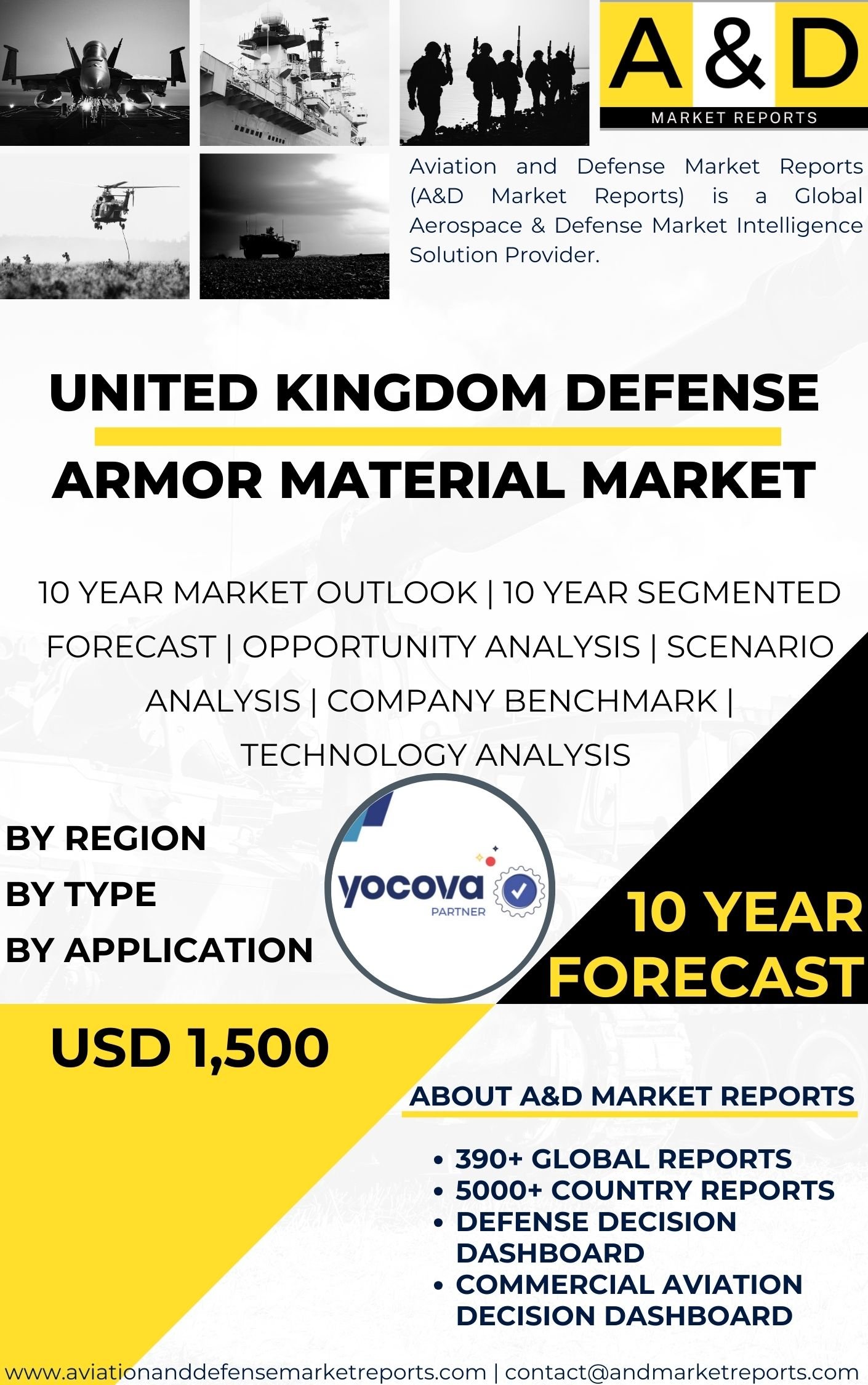Description
The United Kingdom (UK) defense armor material market is a critical sector that plays a pivotal role in ensuring the safety and security of the nation. Armor materials are designed to provide protection to military personnel, vehicles, and equipment from various threats, including ballistic impact, explosive blasts, and chemical or biological hazards. As one of the world’s leading military powers, the UK has invested substantial resources in developing advanced armor materials to meet the evolving challenges of modern warfare.
The demand for defense armor materials in the UK has witnessed steady growth over the years, driven by the changing nature of conflicts and the need to equip the armed forces with cutting-edge technologies. The country’s defense industry, consisting of both government-owned and private companies, has been at the forefront of research, development, and production of innovative armor materials.
Ballistic protection is a primary focus in the UK’s defense armor material market. Advancements in materials science and manufacturing techniques have led to the production of lightweight, high-strength composites that can withstand the impact of bullets and shrapnel. These materials offer enhanced mobility for soldiers while providing reliable protection against ballistic threats.
Moreover, the UK defense industry has invested in developing armor materials to counter improvised explosive devices (IEDs) and landmines, which pose significant risks to military personnel in conflict zones. The development of blast-resistant materials has been instrumental in mitigating casualties caused by explosive attacks, enhancing the survivability of soldiers in combat.
The UK has also made strides in developing armored vehicles with superior protection capabilities. The development of composite armor systems and reactive armor technology has been crucial in safeguarding military platforms against anti-tank weapons and other heavy munitions. By integrating these armor materials into their vehicles, the UK Armed Forces can maintain a formidable presence on the battlefield.
Another significant area of focus is personal protective equipment (PPE) for soldiers. The UK defense armor material market has produced advanced body armor and helmets, offering comprehensive protection while ensuring comfort and usability for the soldiers. Such equipment has become a vital component of the modern soldier’s gear, boosting their confidence and survivability in hostile environments.
Furthermore, research into nanotechnology has opened up new possibilities for armor material development. Nanocomposites with unique properties, such as increased strength, flexibility, and resistance to various threats, hold great promise for the future of defense armor materials. Continued investment in research and development is essential to unlock the full potential of nanotechnology in this field.
The UK defense armor material market faces various challenges as well. One significant concern is the high cost of advanced materials and technologies. While these innovations offer unparalleled protection, they often come with a substantial price tag, making it essential for the UK defense industry to strike a balance between technological advancements and cost-effectiveness.
Additionally, the ever-changing nature of threats in modern warfare requires constant adaptation and innovation. The UK defense armor material market must remain agile and responsive to emerging threats, ensuring that the armed forces are equipped with the most effective and up-to-date protection.
In conclusion, the United Kingdom’s defense armor material market is a dynamic and vital sector, striving to provide cutting-edge protection solutions for the country’s armed forces. Through ongoing research, development, and collaboration between government and private entities, the UK continues to strengthen its military capabilities and ensure the safety of its personnel and equipment in an increasingly uncertain world.”




